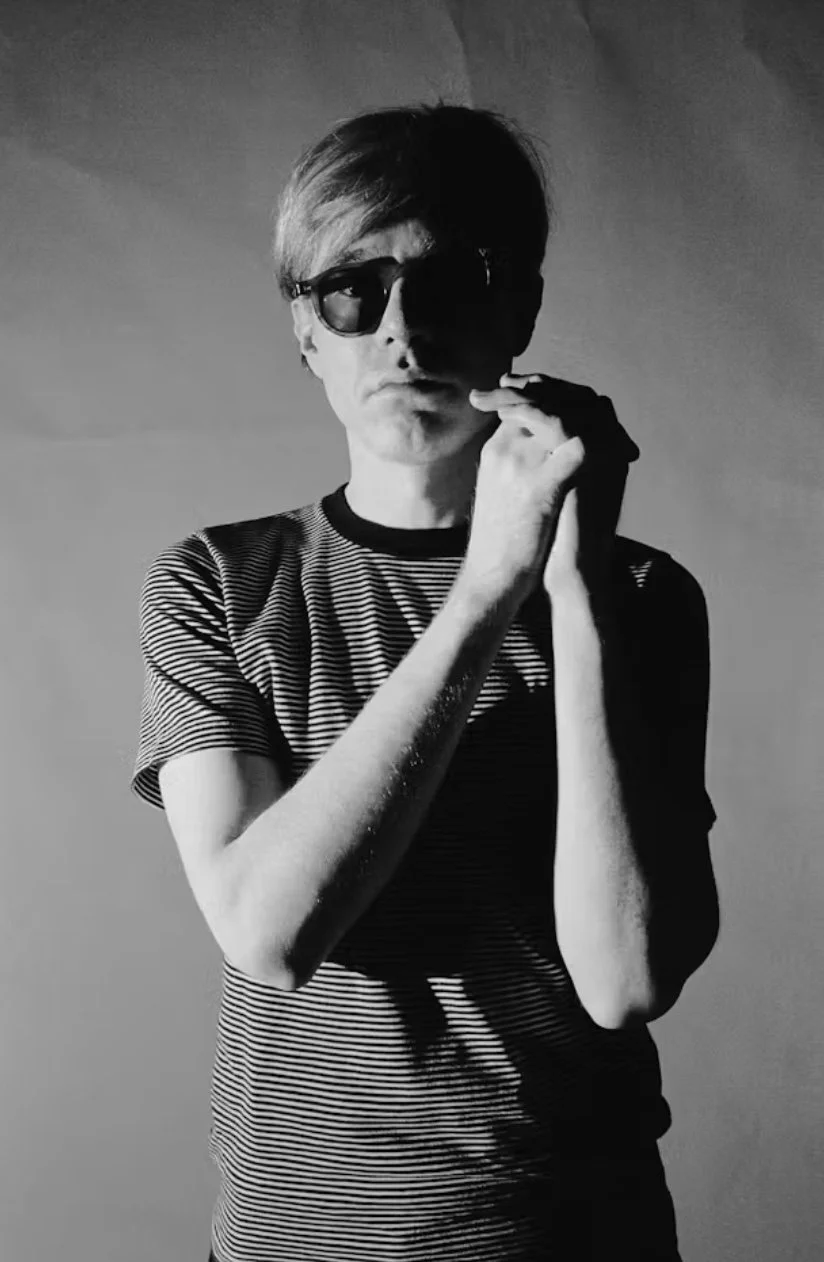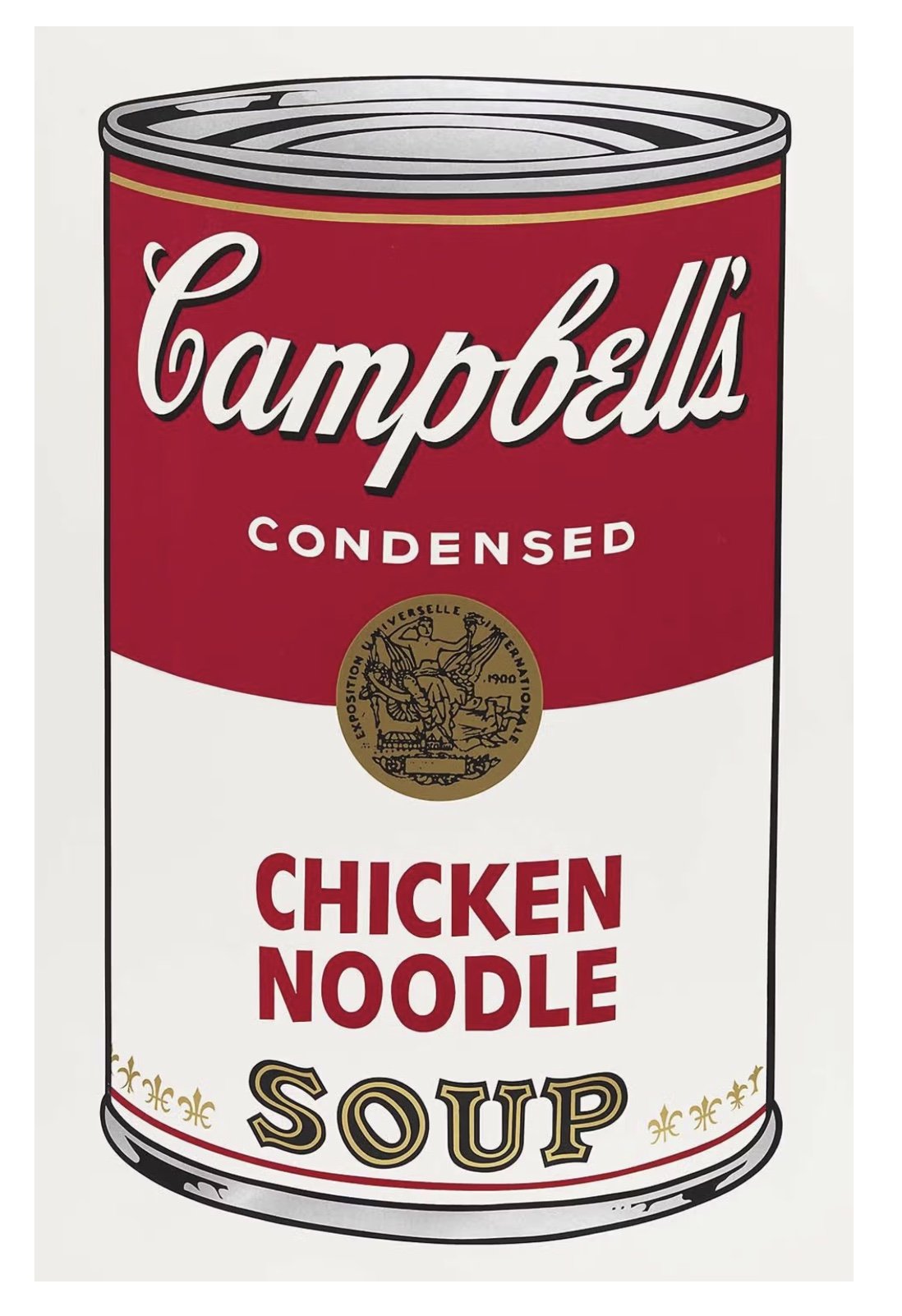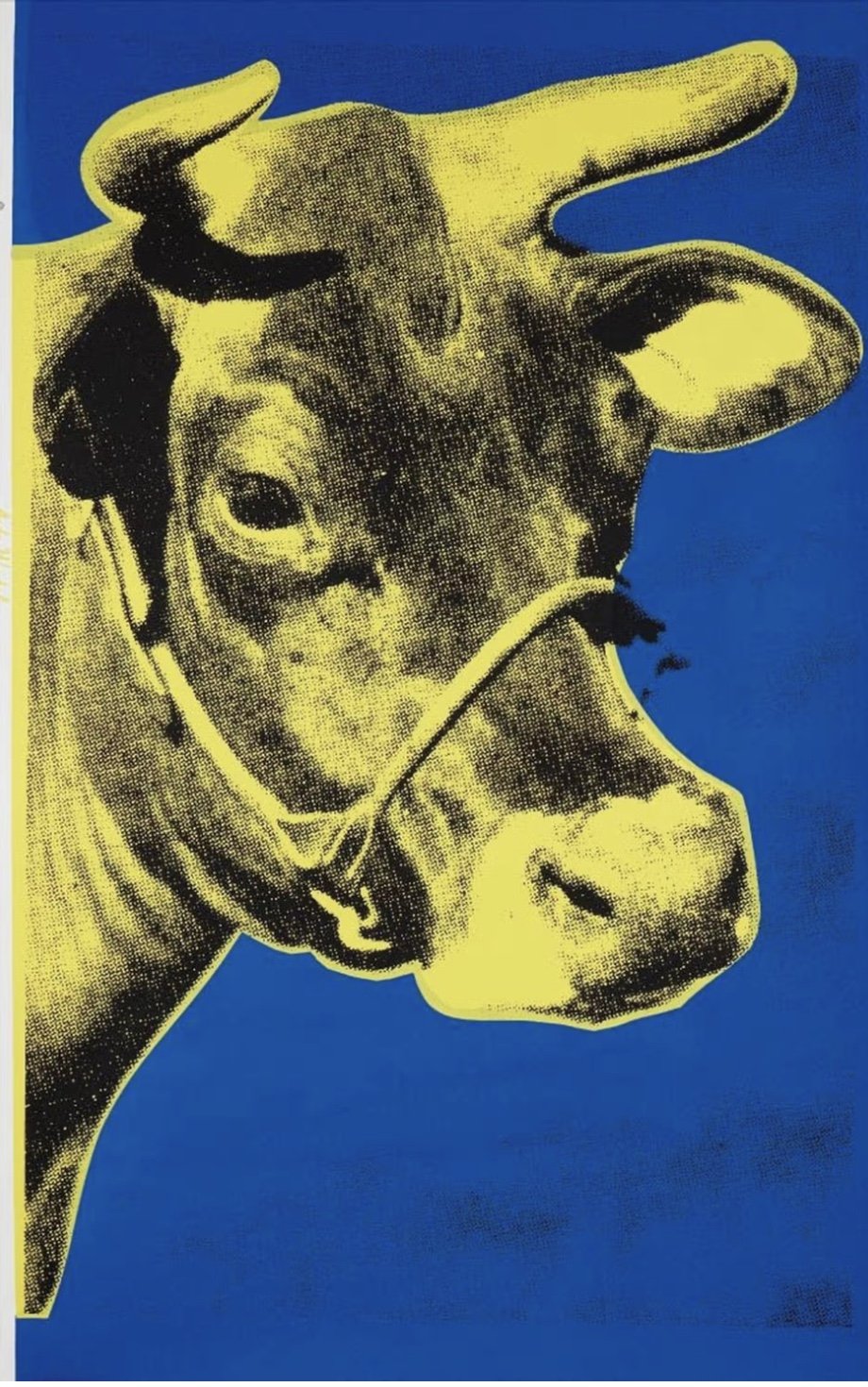Andy Warhol
Andy Warhol was a leading figure in the Pop Art movement, renowned for transforming everyday objects and popular culture into high art. Born in 1928 in Pittsburgh, Pennsylvania, Warhol began his career as a commercial illustrator before moving into the fine art world in the 1960s. His work is instantly recognizable for its bold colors, repetition, and iconic subject matter, often featuring celebrities like Marilyn Monroe, Elvis Presley, and Elizabeth Taylor, as well as mundane consumer products such as Campbell's soup cans and Coca-Cola bottles. By appropriating imagery from mass media and advertising, Warhol blurred the lines between commercial and fine art, challenging traditional ideas of originality and authorship.
Warhol’s fascination with fame, consumerism, and the superficiality of modern life reflected the cultural shifts of post-war America. His studio, known as The Factory, became a hub for artists, musicians, and socialites, reinforcing his image as both a cultural producer and celebrity. Warhol embraced mechanical processes like screen printing to emphasize repetition and remove the artist’s hand from the work, further questioning the value of uniqueness in art. This technique allowed him to mass-produce images in the same way products are manufactured—highlighting the commodification of both art and identity.
Beyond his visual art, Warhol was a prolific filmmaker, publisher, and cultural commentator. His influence extends far beyond the art world, leaving a lasting mark on fashion, music, and media. He once famously said, “In the future, everyone will be world-famous for 15 minutes,” a statement that feels especially prescient in today’s digital age. Warhol died in 1987, but his legacy continues to shape contemporary art and popular culture, securing his place as one of the most influential and innovative artists of the 20th century.





